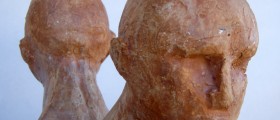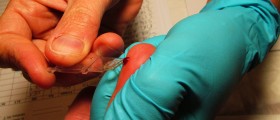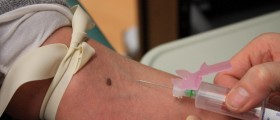
The prostate is a male gland located just below the bladder. At some point in a man's life there is a need for the prostate to be examined. Prostate examination is a part of general health screening and it is usually advised because of the person's age (50+) or it is performed since a person has certain complaints regarding the gland. Prostate examination lasts only a minute or two and is completely painless.
Prostate Examination- the Very Procedure
The procedure normally involves insertion of a doctor's finger into a man's rectum to examine the gland for any abnormality. Even though the exam may be embarrassing one should think of it as a routine test and relax as much as possible.
Prior to doing the examination, the doctor will put on a surgical glove, then cover the middle finger with lubricant (the substances that allows easier and less painful penetration of the finger). The finger is then inserted into the rectum. The patient may feel a little pressure, but there is no pain and discomfort. In case of pain the person is due to inform the doctor immediately. The external sphincter will relax within a few seconds. And finally, the doctor performs palpation of the inner surface of the rectum and the back wall of the prostate.
During the examination the doctor moves the finger in a circular motion in order to palpate properly the lobes and groove of the prostate. Normally, the gland is 2-4 cm long and triangular in shape. It is firm and rubbery.
Additional Tests for Prostate Illnesses
Apart from prostate exam (digital rectal examination) a man will most definitely undergo several more tests and exams. For example, a blood screening test called PSA test is an excellent tool in early diagnosis of prostate cancer. The level of this substance should be measured on regular bases after the person has turned 50.
In case the PSA is elevated and the doctor simply does not feel anything suspicious during prostate exam he or she may recommend ultrasound. Transrectal ultrasound is a procedure during which the doctor or technician inserts a probe slightly larger than a pen into the rectum. The probe directs high-frequency sound waves and allows all parts of the prostate to be thoroughly examined. In case, during the examination, the doctor spots some suspicious tissue, a biopsy with the assistance of the ultrasound probe should be performed. Then the tissue samples of the suspicious growth are taken and sent for pathohistological examination. Once the tumor is confirmed the doctor chooses the most suitable treatment.

















Your thoughts on this
Loading...